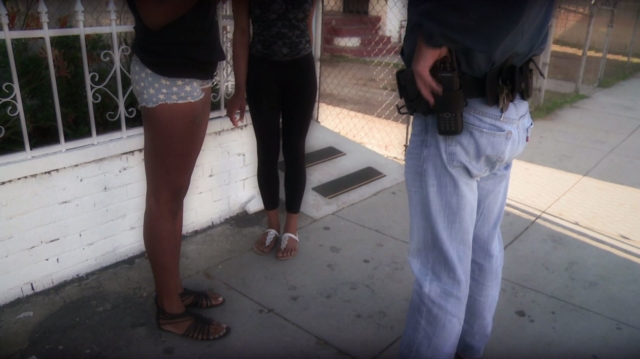While sex trafficking is recognized as a rampant crime throughout the world, law enforcement still struggles to combat it. One of the major challenges is that the tactics used by traffickers change constantly, leaving traditional reactive policing strategies ineffective. To counter this problem, law enforcement has to develop more innovative strategies to find the sex trafficking rings and to keep victims away from traffickers for good.
Full Frame contributor, Sandra Hughes, spent some time with the Los Angeles Police Department to find out how they’re combating the complex problem and how organizations, like Crittenton Services for Children and Families, work to help victims recover from their traumatic experiences.

Human traffickers go online to lure victims
While sex trafficking is recognized as a rampant crime throughout the world, law enforcement still struggles to combat it. One of the major challenges is that the tactics used by traffickers change constantly, leaving traditional reactive policing strategies ineffective. To counter this problem, law enforcement has to develop more innovative strategies to find the sex trafficking rings and to keep victims away from traffickers for good.“The damage done to an 11-, 12-, 13-year-old girl developmentally—it sidetracks her normal social development, her development of her self-worth,” Joyce Capelle, CEO of Crittenton, said. “It is so damaging at that young of an age. It’s going to take a long time and a lot of treatment intervention.”
Unfortunately, the hold that traffickers have over their victims sometimes proves too strong and the girls return to a life on the streets. But giving victims a chance at a normal life is a battle that the people on the front lines of the fight against human trafficking are willing to continue to fight.
 CGTN America
CGTN America
